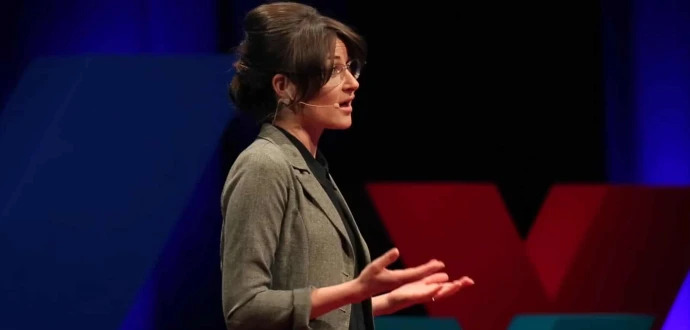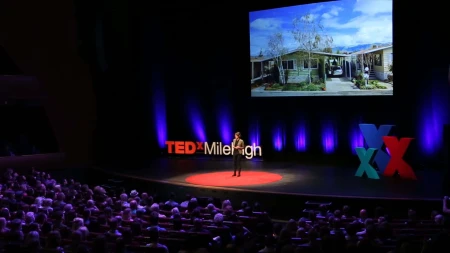
There is real pressure on the cost of housing for low- and moderate-income households. It’s real, and it’s just one aspect of an economy that is squeezing people. There is a laundry list of bills that only go in one direction while incomes – especially Social Security – are stagnant or slow growing.
Higher costs cause real hardship. However, if it leads to unstable housing, it really is unlike any other cost driver. A home, an apartment, a place to live, is fundamental. Basic shelter is at the bottom of Maslow’s hierarchy for a reason. We need it! And, to lose it is an absolute crisis.
Two recent studies shed light on some pretty dramatic drivers of housing instability. The first is some qualitative research – the sum of a lot of observations and individual stories that make for a legitimate look at serious problems – and a quantitative study where it’s all in the numbers.

First, from a sociologist who lived in two different Manufactured Home Communities (MHCs) that were slated for closure, comes a compelling series of stories. She documented what people went through and where they ended up. She cites two of them in her Ted Talk. One, Stella, an independent 87 year old who lives on $790 and could afford her home in the community, ended up moving into her son’s apartment. As tough as her loss of independence was, Randall wasn’t nearly as fortunate. He ended up homeless, as the researcher noted, he went from “homeowner to homeless.”
She concludes with a call for a solution to MHC closures. She talks about resident ownership (although she confuses condos with co-ops) as a solution but mainly implores people for broad public policy action to stop community closures and the loss of this “invisible” source of affordable homeownership. The video is 15 minutes long but worth watching.
The quantitative study looked at loans made on apartment buildings from 2010 to 2016. Remarkably, it states that 60% of the units that were affordable to very low-income households when financed the first time were lost when the same buildings were financed a second time.
Most striking, an executive VP at Freddie Mac, David Brickman concluded, “Affordable housing without a government subsidy is becoming extinct.” Of note, manufactured (“mobile”) homes outnumber subsidized affordable housing in most markets by a factor of three to six!
See this Washington Post article on the study.
The squeeze is real. Resident Owned Communities (ROCs) are demonstrating that they can be solution to community closures when the stars align. And, there’s no question, over time, ROCs are providing one of the benefits of ownership, control over costs. The quantitative research we’re doing on comparing ROC rents to market rents every five years shows it. After five years of ownership, ROCs in ROC USA Capital’s loan portfolio have rents either at market rent to as much as 17% below market.
The squeeze never entirely goes away; that’s fantasy thinking. But ROCs are demonstrating that community self-help and ownership works and helps lessen the pressure while providing great certainty the underlying land won’t be sold, the use changed and homeowners displaced. Community by community, shoulder to shoulder, let’s up our push locally, regionally and nationally to help relieve as much of the squeeze as possible. Families and individuals need it.
